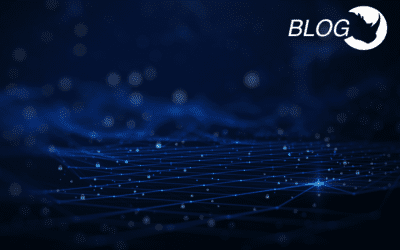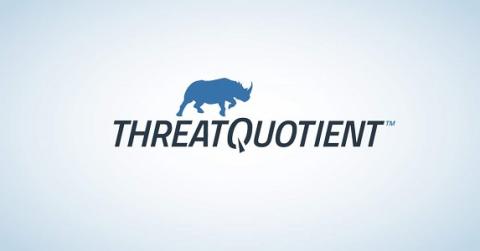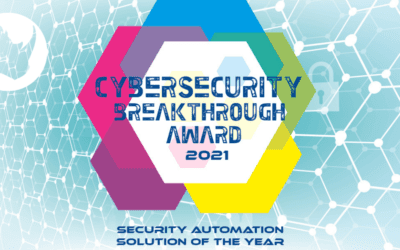A Guide to ThreatQuotient's Top Blogs for 2021
We know that keeping up with cybersecurity news can be a challenge. The threat landscape continuously evolves, and defenders must stay apprised of the latest innovations and best practices to better protect their organizations. So, throughout the year, ThreatQuotient publishes a steady stream of blogs with insights to help you optimize your security operations and accelerate detection and response.











